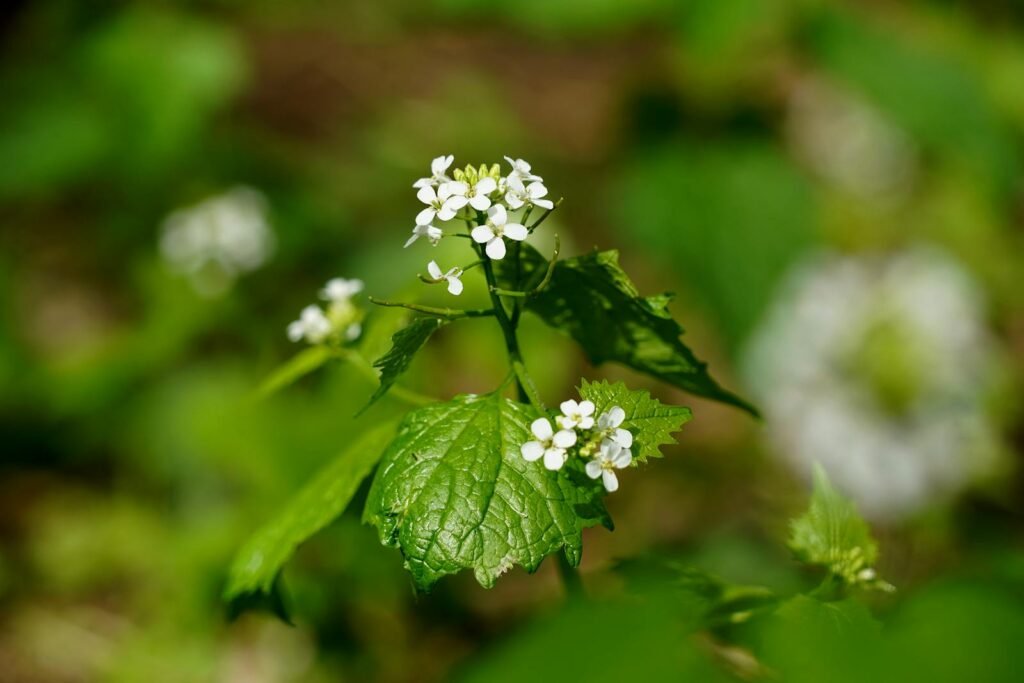Picture this: a humble plant that once graced European gardens as a prized medicinal herb now terrorizes North American forests like an unstoppable green army. Garlic mustard’s transformation from healing ally to ecological nightmare reads like a botanical Jekyll and Hyde story. This seemingly innocent plant with heart-shaped leaves and tiny white flowers has become one of the continent’s most feared invasive species, choking out native plants and reshaping entire ecosystems. What makes this tale even more fascinating is how human intentions, no matter how well-meaning, can unleash consequences that ripple through nature for centuries.
The Ancient Healer’s Origins

Long before garlic mustard became public enemy number one in North American forests, it held a place of honor in European medicine cabinets and kitchen gardens. Medieval healers treasured this plant for its potent antibacterial properties, using it to treat wounds, respiratory ailments, and digestive troubles. The plant’s scientific name, Alliaria petiolata, hints at its garlic-like aroma that made it both a culinary spice and a natural antiseptic. European settlers carried seeds of this trusted companion across the Atlantic, believing they were bringing a piece of home that would serve them well in the New World. Little did they know they were about to unleash one of the most successful botanical invasions in North American history.
A Plant Built for Conquest

Garlic mustard possesses an arsenal of survival tactics that would make any military strategist jealous. This biennial plant produces chemicals called glucosinolates that literally poison the soil around it, preventing other plants from growing nearby. Its seeds can remain viable in the soil for up to seven years, creating a botanical time bomb that ensures future generations. The plant thrives in disturbed soils and shaded areas where many native species struggle, giving it a massive competitive advantage. Each mature plant can produce up to 8,000 seeds, and here’s the kicker – it doesn’t need a partner to reproduce, making every single plant a potential population explosion waiting to happen.
The Great American Invasion Begins
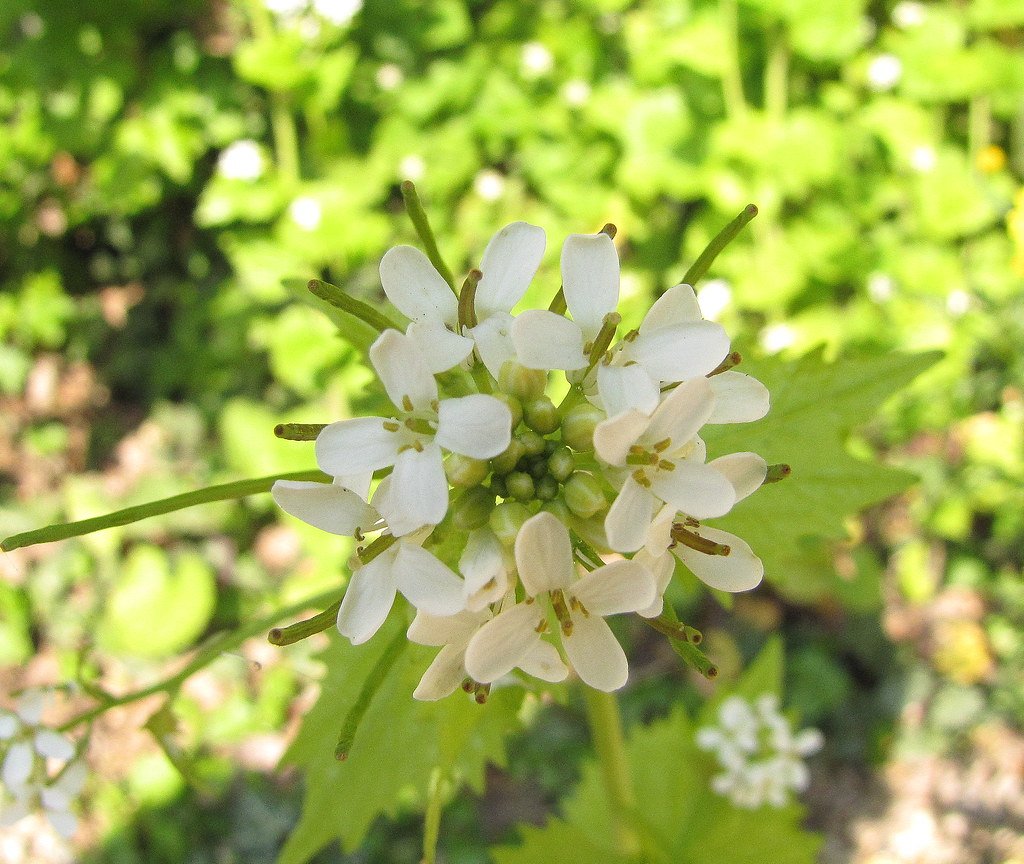
The first documented appearance of garlic mustard in North America dates back to 1868 on Long Island, New York, but the plant likely arrived much earlier with European colonists. By the early 1900s, botanists began noticing this European immigrant spreading rapidly through eastern forests, but few understood the magnitude of what was unfolding. The plant’s initial spread seemed innocuous enough – after all, it stayed mostly in disturbed areas near human settlements. However, garlic mustard was quietly building its strength, adapting to new climates, and preparing for a continental takeover that would eventually span from coast to coast. What started as a few scattered populations soon became an unstoppable green tide flowing across the landscape.
Chemical Warfare in the Forest Floor

The most sinister aspect of garlic mustard’s invasion strategy lies in its use of biochemical warfare against native plants. The plant releases allelopathic compounds that act like natural herbicides, poisoning the soil and preventing native seeds from germinating. These chemicals specifically target mycorrhizal fungi, the beneficial soil organisms that most native plants depend on for nutrient absorption and survival. It’s like cutting the internet cables that connect an entire ecosystem – suddenly, the communication network that has evolved over thousands of years goes silent. This chemical assault gives garlic mustard such a massive advantage that it can transform diverse native plant communities into virtual monocultures in just a few growing seasons.
Ecosystem Disruption on a Massive Scale

When garlic mustard invades a forest, it doesn’t just push out a few native plants – it fundamentally rewrites the ecological rulebook. The plant’s dense stands shade out native wildflowers like trilliums, bloodroot, and wild ginger that form the foundation of forest understory communities. These native plants aren’t just pretty decorations; they’re critical food sources for native insects, which in turn feed birds and other wildlife. A single garlic mustard invasion can crash insect populations by up to 50%, creating a cascade effect that ripples through the entire food web. Imagine a forest where spring wildflowers once painted the ground in brilliant colors, now replaced by monotonous seas of green garlic mustard leaves.
The Butterfly Connection

Perhaps nowhere is garlic mustard’s ecological impact more heartbreaking than its relationship with native butterflies, particularly the West Virginia white butterfly. This delicate species evolved alongside native mustard plants and cannot distinguish between them and the invasive garlic mustard. Female butterflies lay their eggs on garlic mustard leaves, but the caterpillars cannot survive on this toxic imposter – it’s an ecological death trap disguised as a nursery. The West Virginia white butterfly has already disappeared from much of its former range, with garlic mustard invasion being a primary culprit. This tragic case of mistaken identity illustrates how invasive species can exploit the very evolutionary relationships that native species depend on for survival.
From Garden Herb to Forest Destroyer

The transformation of garlic mustard from beloved garden herb to ecological menace highlights humanity’s complex relationship with nature. In Europe, this plant coexists peacefully with native species because they evolved together over millions of years, developing natural checks and balances. European insects know how to eat it, native plants can compete with it, and soil microorganisms have adapted to its chemical compounds. But in North America, garlic mustard entered a world where it had no natural enemies and faced no evolutionary competition. It’s like bringing a chess grandmaster to play checkers with kindergarteners – the outcome was never really in doubt.
The Economic Cost of Invasion

The financial impact of garlic mustard invasion extends far beyond what most people realize, costing North American communities millions of dollars annually. Park services, conservation organizations, and private landowners spend enormous sums on removal efforts, herbicide treatments, and habitat restoration projects. In Wisconsin alone, the estimated economic impact of invasive species like garlic mustard exceeds $120 million per year when you factor in control costs, property value impacts, and ecosystem service losses. These numbers don’t even capture the true cost of lost biodiversity, diminished recreational opportunities, or the cultural value of native plant communities that took thousands of years to develop.
Recognition and Early Detection Efforts
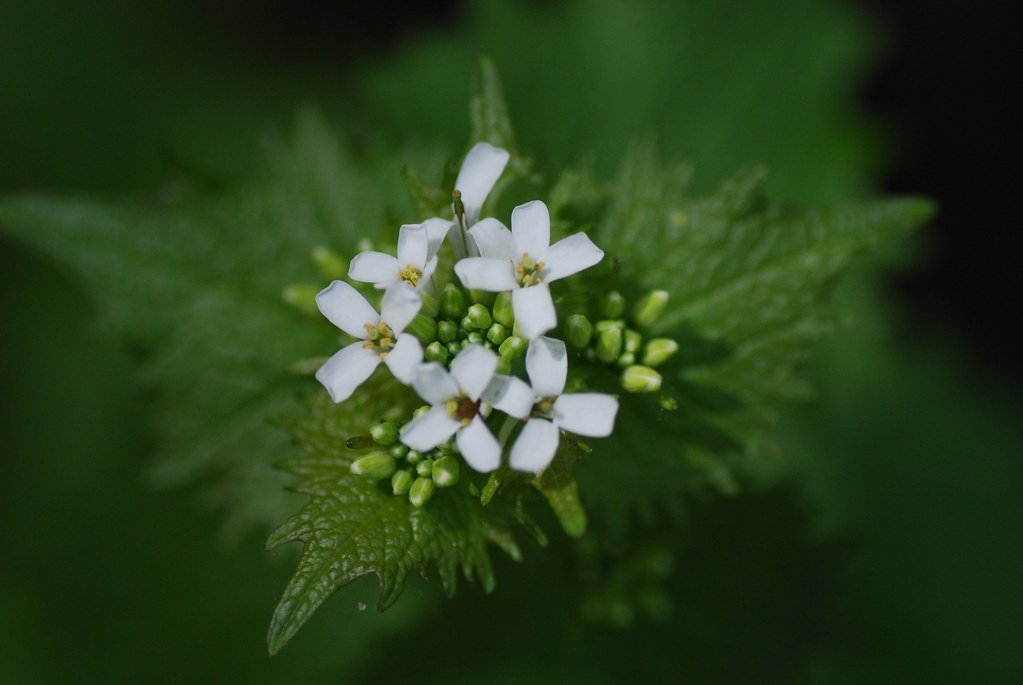
Learning to identify garlic mustard has become an essential skill for anyone who cares about forest health and biodiversity conservation. In its first year, the plant forms a low rosette of kidney-shaped leaves with scalloped edges that stay green through winter. Second-year plants shoot up tall flowering stalks topped with clusters of small, four-petaled white flowers that bloom from April through June. The distinctive garlic smell when leaves are crushed gives the plant its common name and serves as a reliable identification tool. Early detection programs now train thousands of volunteers to spot and report new infestations before they become established, because catching garlic mustard early dramatically improves the chances of successful control.
The Science of Control Methods

Fighting garlic mustard requires a combination of mechanical, chemical, and biological approaches, each with its own advantages and limitations. Hand-pulling remains the most effective method for small infestations, but timing is crucial – plants must be removed before they set seed, and the entire root system must come out to prevent regrowth. Herbicide treatments can work on larger infestations, but they often damage native plants and soil organisms in the process. Some researchers are exploring biological control options, introducing European insects that naturally feed on garlic mustard, but this approach requires years of testing to ensure these new species won’t become invasive themselves. The most successful control programs combine multiple methods with long-term monitoring and community involvement.
Community Warriors on the Front Lines

Across North America, dedicated volunteers armed with nothing more than hand tools and determination wage weekend battles against garlic mustard invasions. These ecological warriors organize “garlic mustard pulls” that bring together families, school groups, and conservation organizations to manually remove thousands of plants from invaded areas. The Midwest Invasive Species Information Network coordinates hundreds of these events annually, with participants often pulling tons of garlic mustard from single forest preserves. These grassroots efforts create powerful community connections while making real differences in local ecosystems – some restoration sites have seen native wildflower populations rebound dramatically after just a few years of dedicated garlic mustard removal.
Restoration Success Stories

Despite garlic mustard’s formidable reputation, several remarkable restoration success stories prove that dedicated effort can turn the tide against this invasive species. In Michigan’s Warren Dunes State Park, a 15-year removal program has successfully restored native wildflower populations that hadn’t been seen in decades. The secret lies in persistent, repeated removal efforts combined with native plant reseeding and careful monitoring. At Indiana’s Fort Harrison State Park, volunteers have cleared over 200 acres of garlic mustard, allowing rare native plants like wild lupine to return and support endangered butterfly populations. These victories remind us that while the battle against invasive species is challenging, it’s far from hopeless when communities commit to long-term action.
The Role of Climate Change
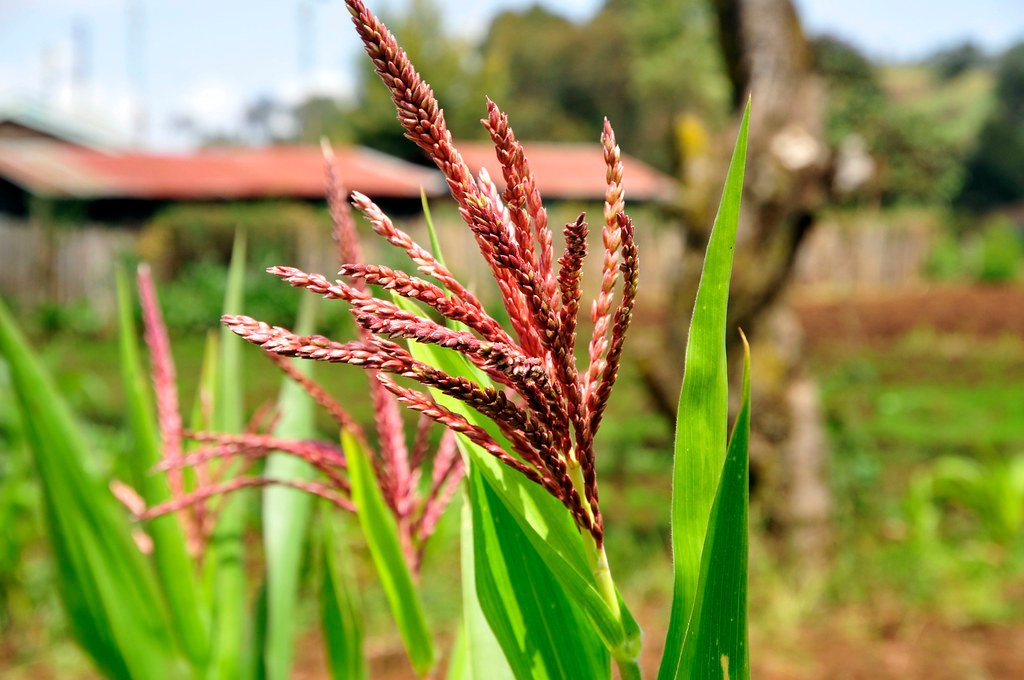
Climate change is reshaping the garlic mustard invasion story in unexpected ways, creating new challenges and opportunities for both the plant and its managers. Warmer temperatures and changing precipitation patterns are allowing garlic mustard to expand its range northward and into higher elevations where it was previously limited by cold temperatures. However, extreme weather events like severe droughts and intense storms can also stress garlic mustard populations and create windows of opportunity for native species recovery. Some research suggests that climate change might favor certain native plants that are better adapted to temperature extremes, potentially shifting the competitive balance in some ecosystems. Understanding these climate interactions is becoming crucial for developing effective long-term management strategies.
Technological Tools in the Fight

Modern technology is revolutionizing how scientists and land managers track and combat garlic mustard invasions across the continent. Smartphone apps like iMapInvasives allow citizen scientists to instantly report new infestations with GPS coordinates and photos, creating real-time invasion maps. Drone surveys can quickly identify large infestations in remote or difficult-to-access areas, while satellite imagery helps researchers track invasion patterns across entire watersheds. Some innovative projects are even using artificial intelligence to automatically identify garlic mustard in aerial photographs, potentially speeding up detection and response times. These technological advances are leveling the playing field in humanity’s ongoing struggle against one of nature’s most successful invaders.
Culinary Redemption and Human Uses

In an ironic twist, some people are fighting garlic mustard invasion by putting it on their dinner plates, turning ecological disaster into culinary opportunity. The plant’s leaves, flowers, and seeds are all edible and pack a spicy, garlic-like flavor that’s gaining popularity among foragers and adventurous chefs. Spring garlic mustard pesto, made from the plant’s young leaves, has become a signature dish at several farm-to-table restaurants in invaded areas. While eating garlic mustard won’t solve the invasion problem, it does offer a way for people to personally benefit from removal efforts while potentially reducing seed production. Some conservation organizations now promote “invasivore” events where volunteers remove garlic mustard and then prepare meals using their harvested plants.
The Genetic Arms Race

Recent genetic research is revealing fascinating insights into how garlic mustard has adapted to North American environments, essentially evolving in real-time as it spreads across the continent. Scientists have discovered that North American garlic mustard populations show genetic variations that differ from their European ancestors, suggesting the plant is rapidly adapting to new climates and ecosystems. Some populations have developed enhanced cold tolerance, while others produce different chemical profiles that may be more effective against North American native plants. This genetic flexibility helps explain why garlic mustard has been so devastatingly successful as an invader – it’s not just bringing European traits to North America, it’s actively evolving new weapons for continental conquest.
Future Battles and Emerging Strategies

The war against garlic mustard is entering a new phase as researchers develop innovative strategies that go beyond traditional removal and herbicide treatments. Scientists are experimenting with targeted biological controls, including European weevils and fungi that specifically attack garlic mustard without harming native plants. Some promising research focuses on using the plant’s own allelopathic chemicals against it, essentially turning garlic mustard’s chemical weapons into a biological boomerang. Restoration ecology is also evolving, with managers learning to identify native plant communities that are naturally more resistant to garlic mustard invasion. These emerging strategies offer hope that future management efforts might be more effective and require less intensive human intervention than current approaches.
Lessons from an Ecological Tragedy
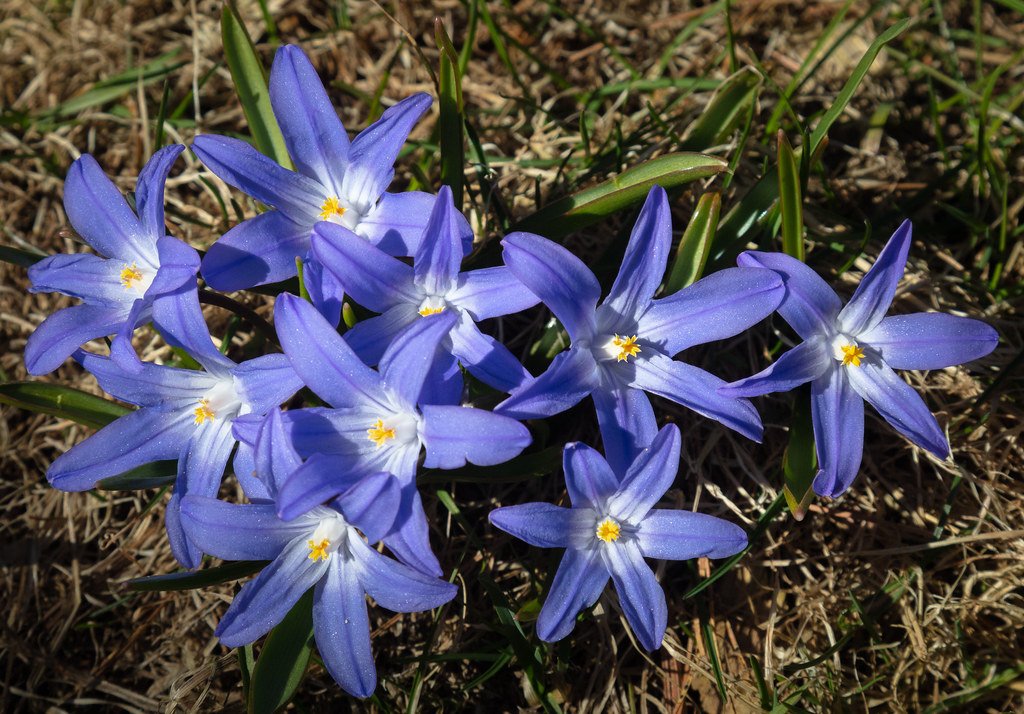
The garlic mustard invasion stands as one of the most powerful examples of how human actions can unleash unintended consequences that cascade through ecosystems for generations. This humble plant’s journey from healing herb to ecological destroyer teaches us that good intentions aren’t enough – we must consider the complex web of relationships that connect all living things. The invasion also demonstrates nature’s incredible resilience and adaptability, both in garlic mustard’s success and in the slow recovery of native communities where dedicated people commit to restoration efforts. Perhaps most importantly, this ongoing ecological drama shows us that every individual action matters, whether it’s pulling a single invasive plant or choosing to learn about the natural world around us. Every forest defender who spends a weekend removing garlic mustard is writing a new chapter in this story, one where human knowledge and dedication might finally tip the balance back toward the native communities that called North America home long before any European plant ever crossed the Atlantic.
Did you expect a simple garden herb could reshape entire continents?

